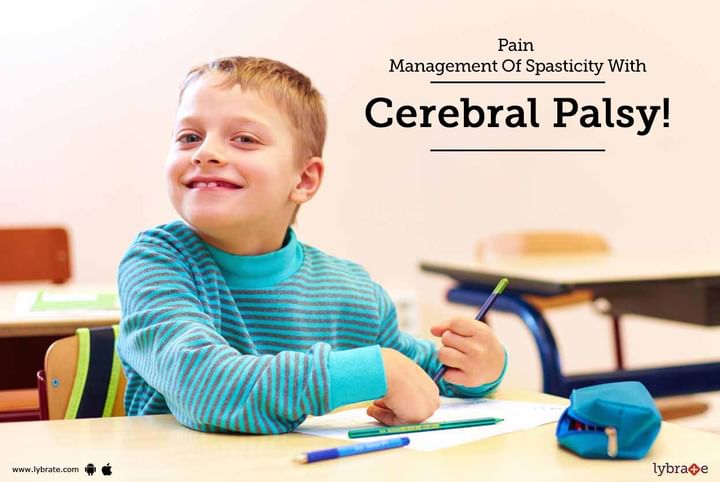Pain Management Of Spasticity With Cerebral Palsy!
Cerebral palsy is a neurologic condition that occurs in children, and is due to brain injury that develops before, during, or after childbirth. The condition presents with motor impairment, and therefore there is generalized physical and mental dysfunction. The brain continues to develop for the first two years of life, and so do conditions like premature birth, asphyxia at birth, and postnatal meningitis and encephalitis.
The diagnosis could be trigged by the slow motor development, poor muscle tone, and delayed response of the baby. One of the main noticeable features that becomes evident is the spasticity of the limbs. The child may not be able to voice it out, but the pain is a significant disabling factor too. While doctors would advise that physical movement is required to keep the spasticity at bay, the pain keeps the child away from most activities. This further adds to the spasticity and worsening of the condition.
Pain control therefore assumes a significant role and the modes can range from physical therapy to pain killers to injections to surgery. The idea, in addition to pain control, is also to:
- Improve range of motion
- Improve motor response
- Promote good motor development
- Reduce and control contractures
- Improve overall lifestyle
- Improve muscle strength
- Improve exercise tolerance
- Reduce spasticity
Some of the non-medical ways to control pain are listed below.
Of course, pain killers and injections are always used when immediate relief is required. A structured physical therapy program that includes medications and exercise is the best way to manage cerebral palsy pain. Though initially difficult, over a period of time, it improves range of motion and improves joint movement.
- Acupuncture: Triggering specific points via needles is believed to stimulate the nerve endings and help in pain control
- Alternating ice and heat therapy: This is also believed to improve pain control, blood circulation, and muscle movement.
- Positioning in bed: A well-positioned child in bed may have less pain compared to another child who is not. Special equipment may be used also to keep the child in place, once the most comfortable situation is located.
- Muscle massage: The affected muscles need to be massaged repeatedly so that blood flow improves, joint movement is better, and pain is controlled.
- Botox is successfully used to pain control, as it paralyzes the specific muscles along with providing pain control.
- Medications are used regularly, which are mainly anticholinergic and anti-spastic medications. They reduce stiffness, control pain, and help in pain control too.
- Surgery is the last option and needs to be explored with the doctor.



+1.svg)
